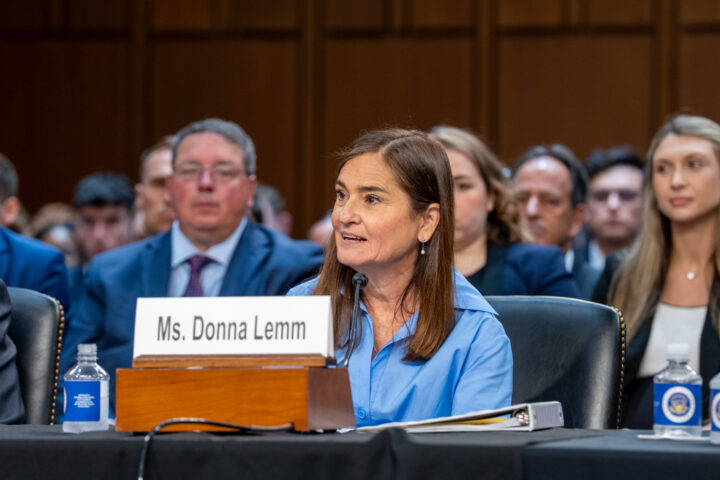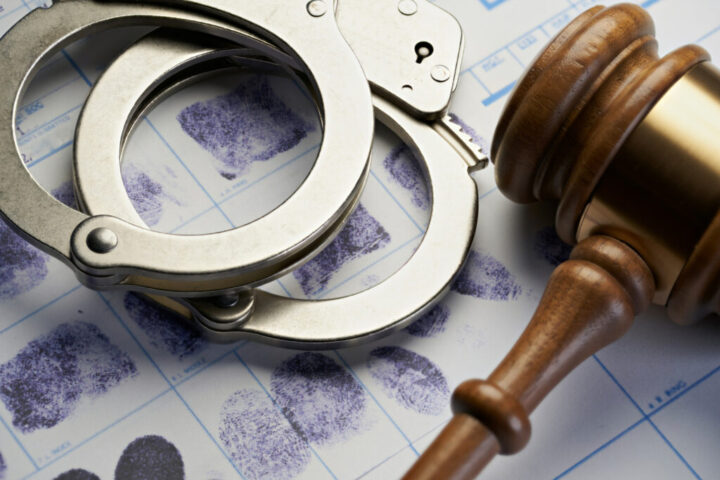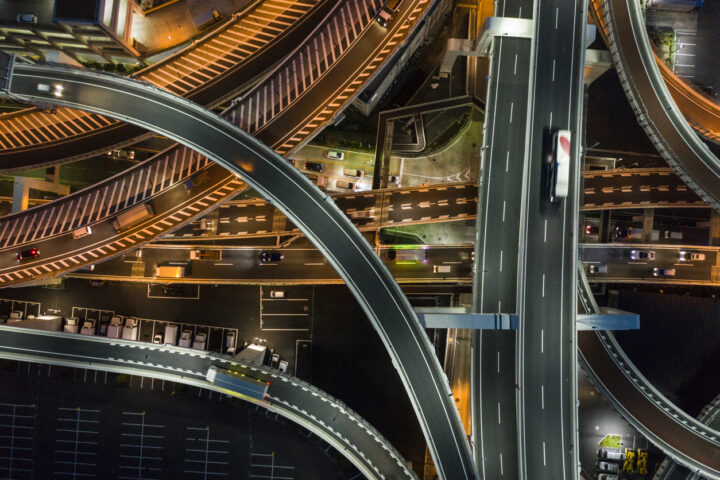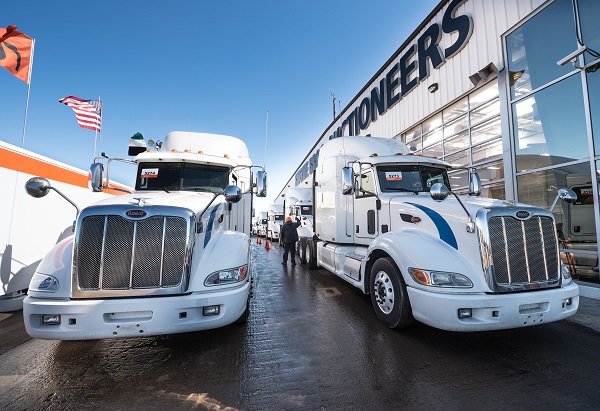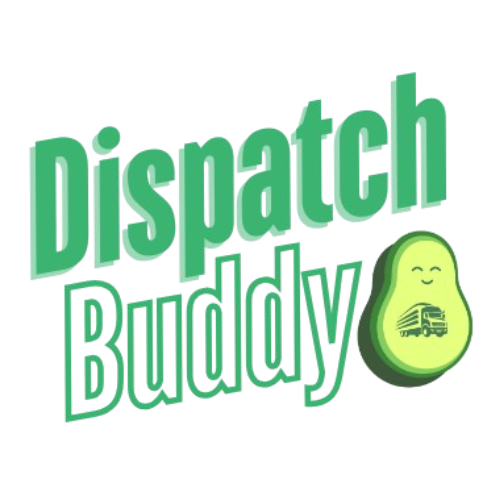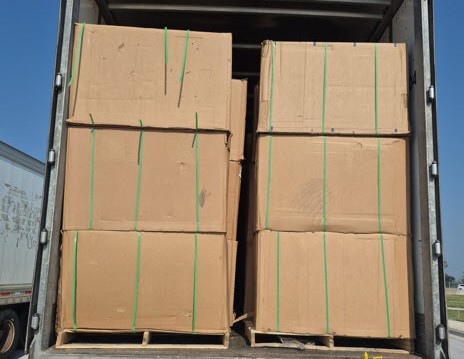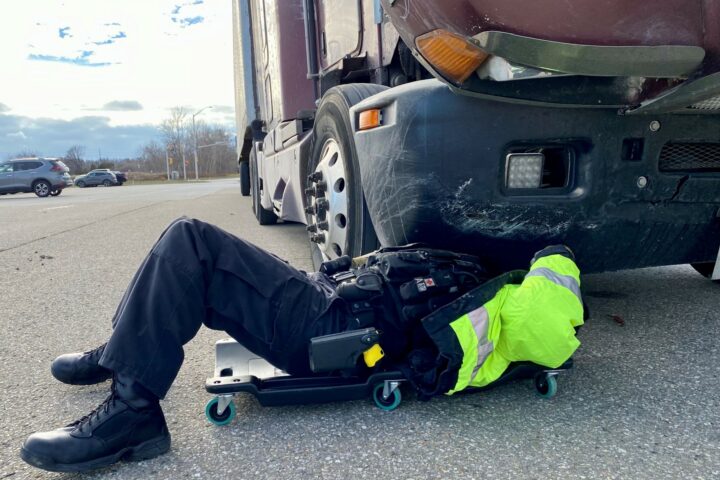 Supply chains do not just move products, they move promises. Promises of origin, safety, compliance, sustainability. And in 2025, keeping those promises has never been harder. Counterfeit goods still fill markets. Paper trails remain vulnerable. Disparate systems fail to communicate. Trust, the currency of global trade, is stretched thin.
Supply chains do not just move products, they move promises. Promises of origin, safety, compliance, sustainability. And in 2025, keeping those promises has never been harder. Counterfeit goods still fill markets. Paper trails remain vulnerable. Disparate systems fail to communicate. Trust, the currency of global trade, is stretched thin.
Blockchain, despite the early hype and hesitation, is proving to be the foundational architecture that this trust-deficient world demands.
The Trust Deficit at the Core
A modern supply chain spans continents and cultures. Multitudes of suppliers, each using different data formats and systems, must somehow coordinate seamlessly. Yet in too many cases, a manufacturer still cannot verify where their materials originated. A retailer depends on vulnerable documentation. Regulators face opaque claims around sustainability, emissions, and labor practices.
This is not a technology problem. It is a data trust problem.
Blockchain addresses that problem by design. Instead of relying on reconciliations between siloed systems, it offers a single, tamper-resistant ledger. Every authorized party, supplier, auditor, regulator, buyer, can read from and write to the same shared source of truth.
What Blockchain Really Does
Strip away the buzzwords, and blockchain is a decentralized, immutable database. Each transaction is time-stamped, cryptographically secured, and permanently linked to those before it. Once recorded, it cannot be altered without network-wide consensus.
This delivers three things that every supply chain needs:
- Provenance: A verifiable chain of custody from raw material to finished good.
- Smart contracts: Automated enforcement of terms, from payment triggers to regulatory compliance.
- Auditability: A permanent, tamper-proof log accessible to auditors, customers, and internal teams alike.
Real-World Impact
Blockchain is not an academic exercise, it’s already in use by industry leaders:
- Renault Group moved its entire supply chain documentation process onto blockchain. The result? Real-time compliance and document sharing across its automotive ecosystem.
- The Home Depot adopted blockchain to enhance supplier visibility, reduce disputes, and shorten issue resolution timelines.
- Valencia Port Foundation partnered with IBM to integrate blockchain into its port logistics, enabling secure, trusted data exchange among shippers, customs, and terminal operators.
- A pharmaceutical pilot involving KPMG, Merck, IBM, and Walmart demonstrated how blockchain can reduce drug traceability from 16 weeks to just 2 seconds, a breakthrough in counterfeit prevention.
- Vertrax Blockchain, operating in the energy sector, enabled real-time logistics traceability during high-stress demand spikes brought on by severe weather events.
- IBM Food Trust continues expanding, allowing retailers to trace fresh produce from farm to shelf, a vital tool in managing food safety, recalls, and expiry concerns.
A Cybersecurity Bonus
The decentralized nature of blockchain makes it inherently resilient. There’s no single point of failure. Every transaction is encrypted and linked, rendering unauthorized changes virtually impossible.
When integrated with IoT and digital twins, blockchain becomes the backbone of a secure “digital thread”, maintaining integrity from the origin of raw materials to the final point of sale. Predictive analytics layered on top allow for real-time anomaly detection, flagging issues before they become crises.
The Integration Challenge
Blockchain is not a silver bullet. It is not plug-and-play. It requires:
- Shared governance across ecosystems.
- Standardized data models between trading partners.
- Tight integration with core systems like ERP, PLM, and SCM.
- Significant change management, especially in training and stakeholder buy-in.
Technology alone will not deliver ROI. Blockchain demands a shift in how supply chains view data: not as proprietary control points, but as shared assets that drive collective value.
Why It Matters More Than Ever
Three forces make blockchain’s role non-negotiable in 2025:
- ESG and Regulatory Demands: Governments now require traceability, not just for carbon, but for labor practices, material sourcing, and ethical compliance.
- Consumer Expectations: The modern buyer wants transparency. QR codes should answer where, how, and by whom a product was made.
- Resilience in a Disrupted World: Geopolitical risks, climate volatility, and cyber threats make real-time, trustworthy data a survival requirement.
Final Thoughts
Blockchain is no longer a science experiment, it is an operational pillar. It transforms integrity from a virtue into a verifiable asset. For enterprises navigating uncertainty, it offers more than security. It offers clarity.
In a world where trust must be earned with every transaction, blockchain does not just support the supply chain. It secures it.


